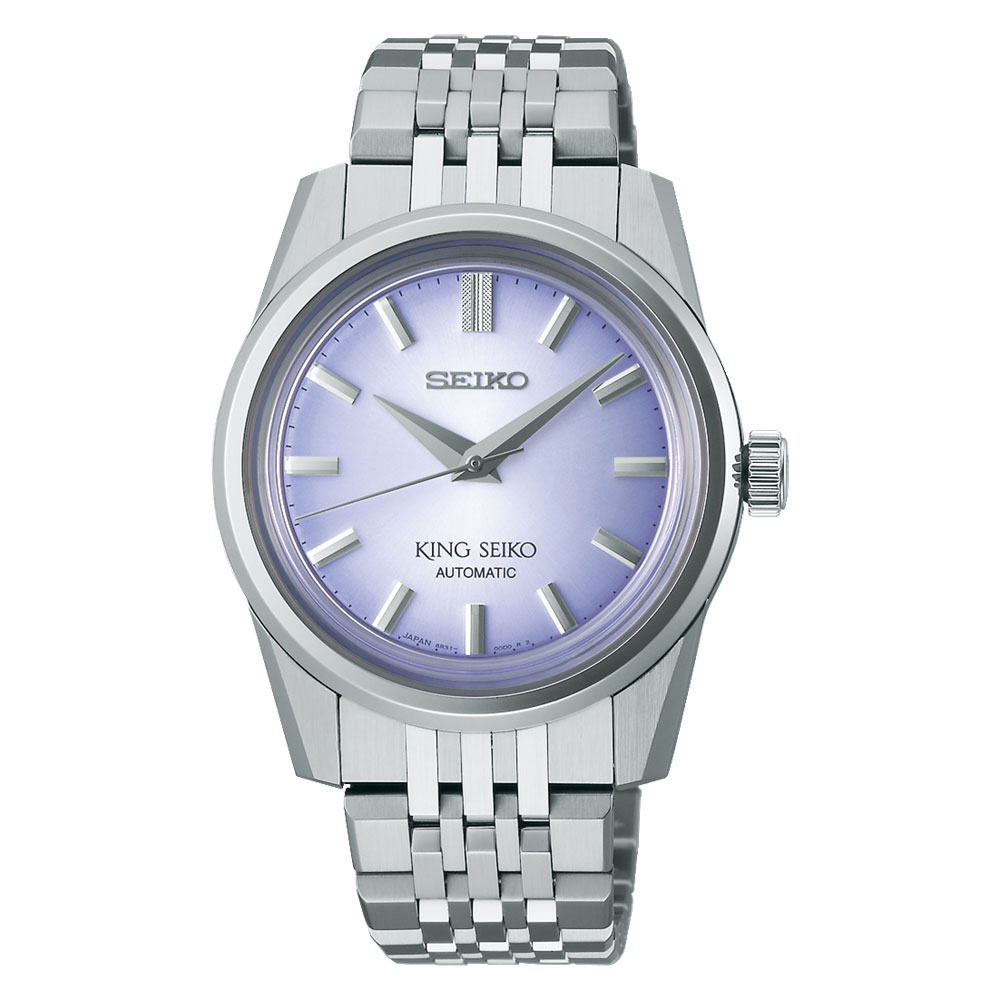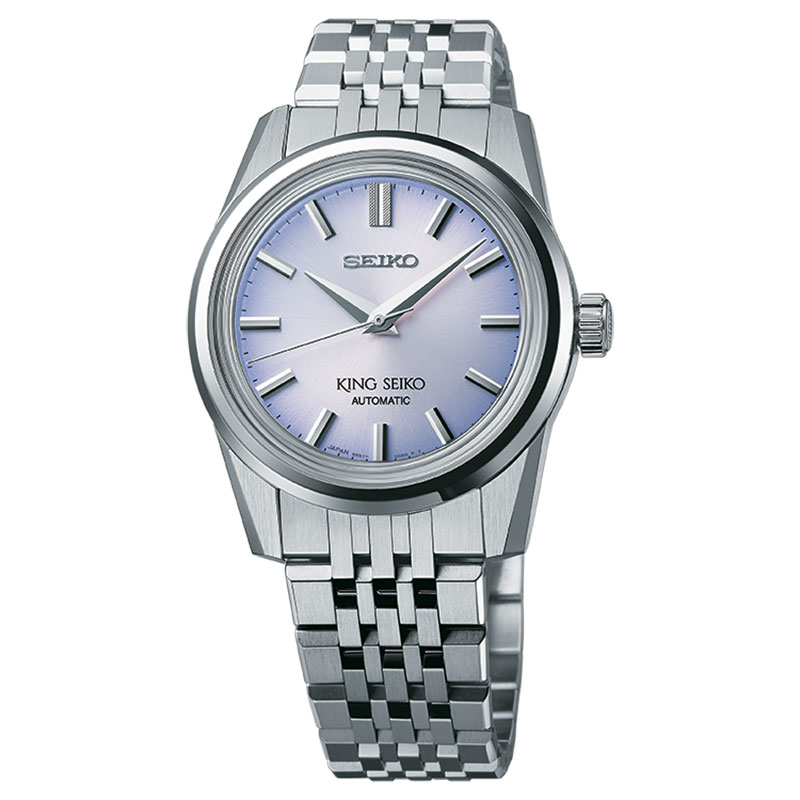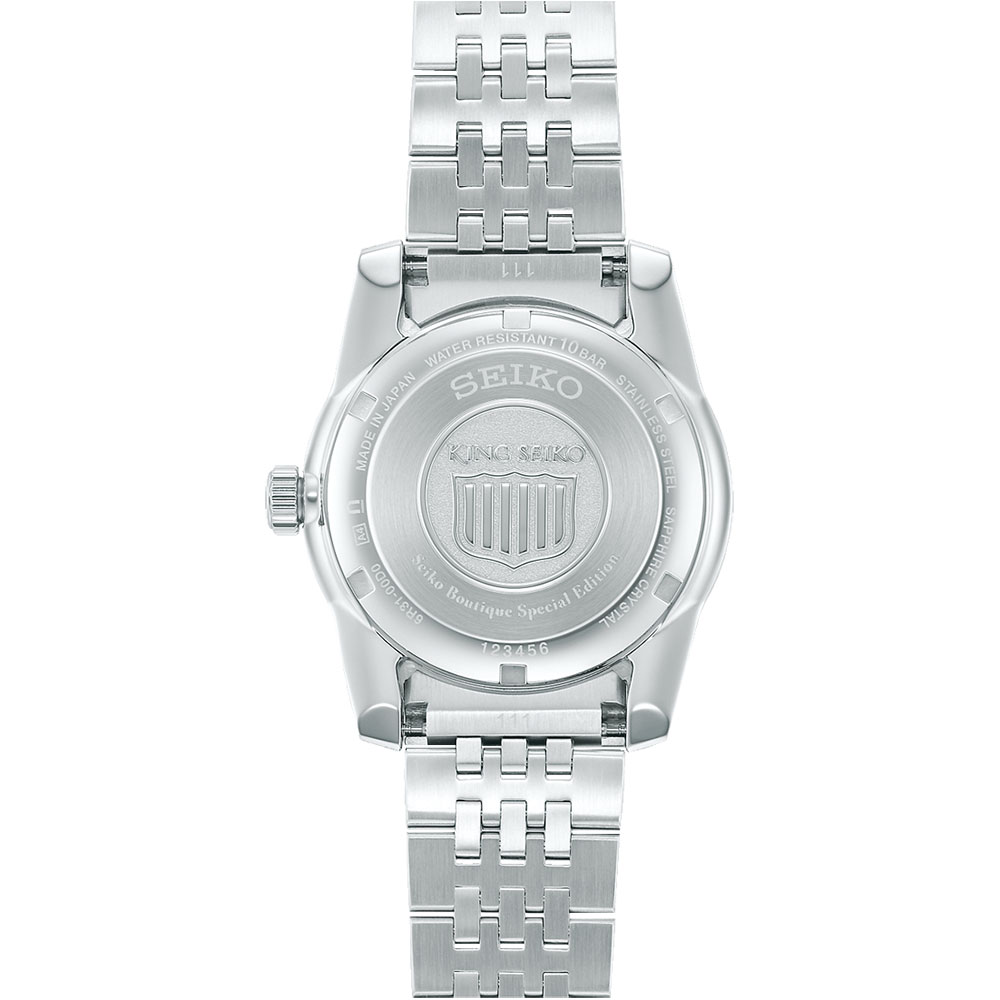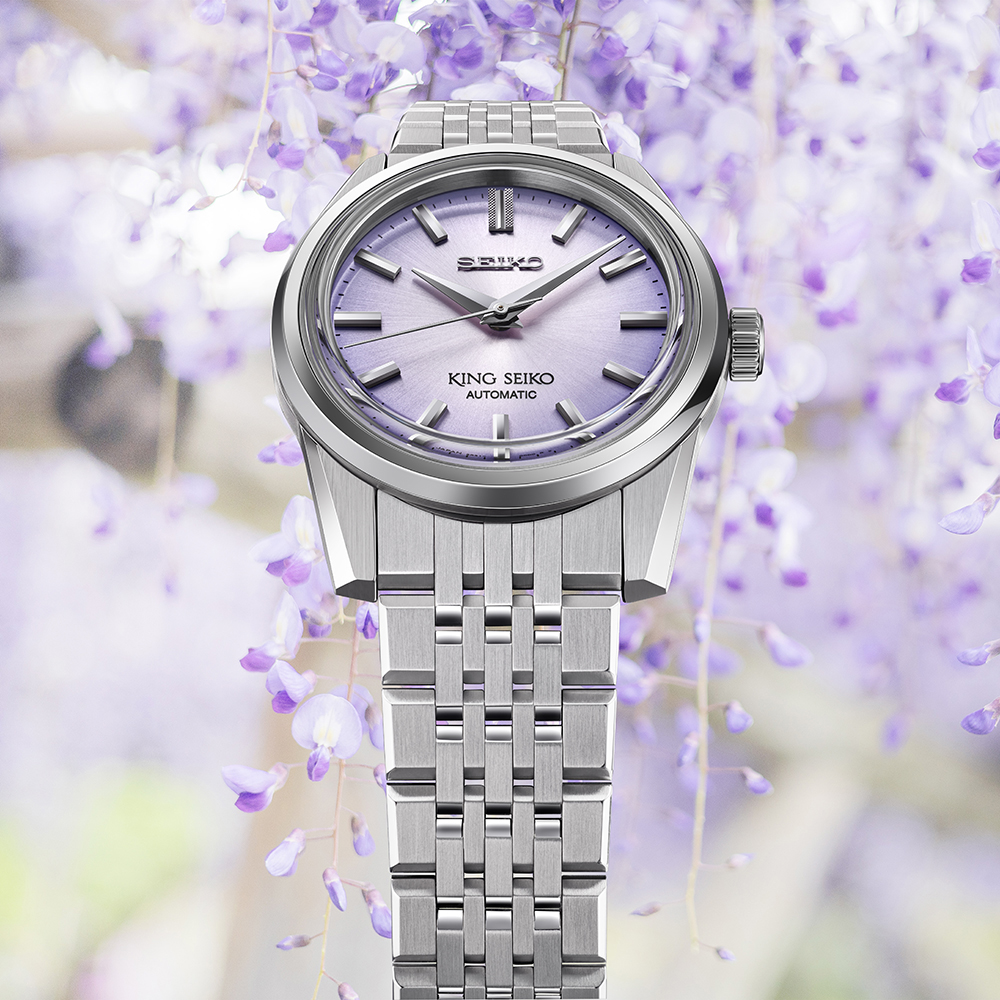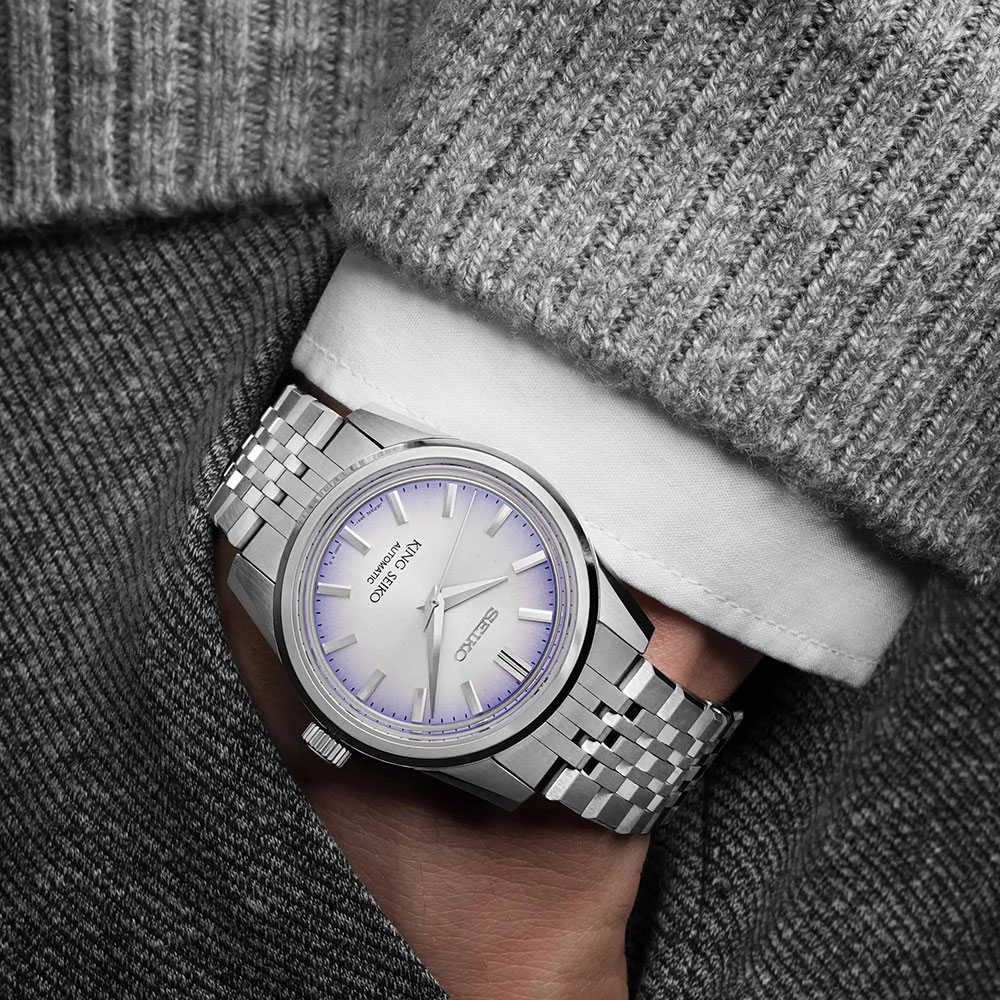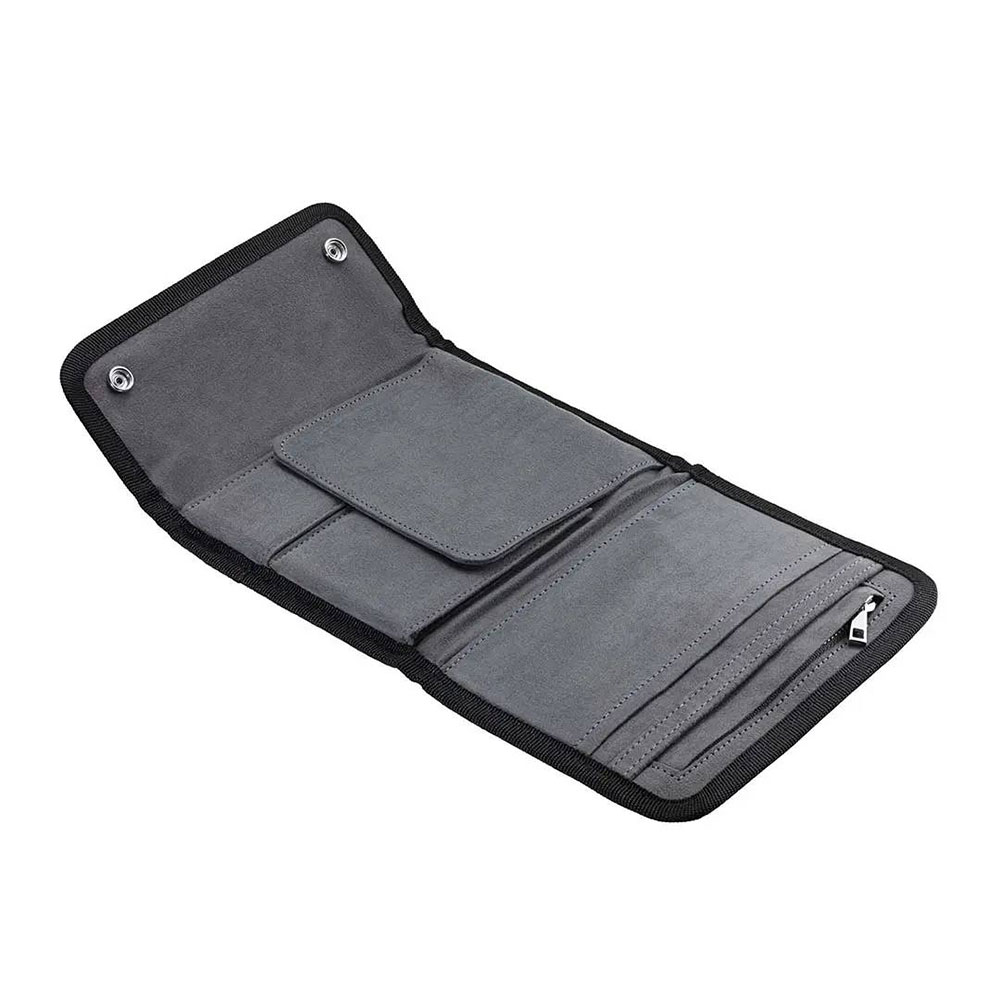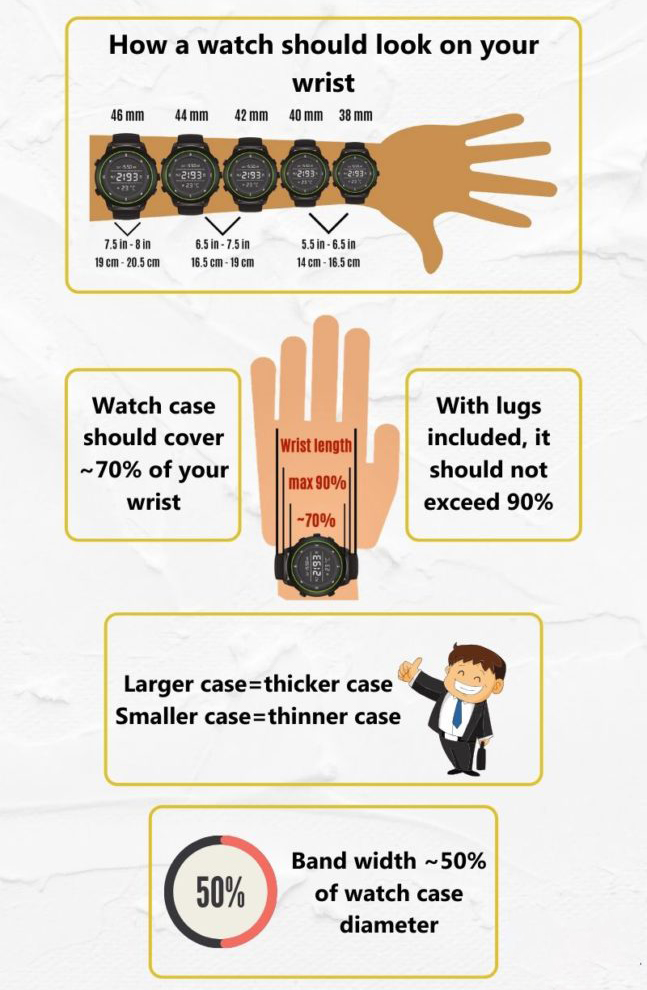Description
KING SEIKO SPB291 Specifications
| Feature |
| |||
|---|---|---|---|---|
| Driving system | Automatic with manual winding | |||
| Caliber Number | 6R51 | |||
| Case material | Stainless steel with mirror and hairline finishing | |||
| Case back | Solid with King Seiko emblem | |||
| Band type | Bracelet and strap | |||
| Band material | Stainless steel and calfskin leather | |||
| Band color | Silver tone and light grey with purple stitching | |||
| Band width | 19 mm | |||
| Clasp | Deployment with push button release | |||
| Dial color | Light purple Enjin-fuji violet with sunray-brushing and subtle gradient effect representing the wisteria abundant at the Kameido Tenjin Shrine in Kameido, Japan, birthplace of the original King Seiko | |||
| Glass material | Box shaped sapphire crystal | |||
| Glass coating | Anti-reflective coating on inner surface | |||
| Hands | Grey silver tone hour, minute and second hand | |||
| Dial markers | Grey silver tone batons with double baton index at 12 o’clock position | |||
| Second markers | Minutes markers around the outer rim | |||
| Bezel | Silver tone fixed stainless steel | |||
| Crown | Silver tone screw down with King Seiko emblem at 3 o’clock position | |||
| Function | Hour, minute, second, stop second hand | |||
| Accuracy | +25 to -15 seconds per day | |||
| Magnetic resistance | 4,800 A/m | |||
| Vibration | 21,600 vibrations per hour | |||
| Drive duration | Power reserve approximately 70 hours | |||
| Water resistance | 10 bar water resistance (100 meters / 330 feet) | |||
| Size | Diameter 37 mm x Thickness 12.1 mm | |||
| Lug to lug | 43.6 mm | |||
| Weight | 129 g |
KING SEIKO SPB291 Features
King Seiko Special Edition. Introduced in 1961 and in production until 1975,King Seiko became one of Seiko’s most technically innovative and stylish brands, noted for its sleek, dignified angularity. A newly developed slim case and the thin 6R31 automatic movement, with a frequency of 21,600 vibrations per hour, a power reserve of approximately 70 hours, and manual winding capability, make this Special Edition model exceptionally slender and elegant, with a case thickness of only 10.33 mm. In a new purple shade, “Tenjin-fuji violet,” the dial evokes the wisteria that bloom in the Kameido Tenjin Shrine in Kameido, Japan, birthplace of the original King Seiko. A major tourist attraction, founded in 1661, the shrine, with its bridge and flowers, was the subject of famed Ukiyoe artist Hiroshige Utagawa’s “In the Kameido Tenjin Shrine Compound (Kemeido Tenjin Keidai),” said to have influenced Impressionist master Claude Monet. The dial also features meticulously cut three-dimensional indices, including a separately carved 12 o’clock marker. Crafted of stainless steel, with the combination of mirror and hairline finishing characteristic of the original King Seiko, as well as the King Seiko crest on case back and crown, this elegant timepiece also offers a box shaped sapphire crystal with anti-reflective coating on the inner surface, a tri-fold push button clasp, and an additional white leather strap. 10 bar, 100M Water Resistant.
This timepiece is only available from selected Seiko boutiques worldwide.
The unique lavender-colored dial takes its inspiration from the Kameido Tenjin Shrine where wisteria were planted during the Edo period. These purple flowers hanging from the trellises in the Japanese garden are a visitor attraction during April and May. During the Fuji Festival, the wisteria are lit up at night, giving a purple glow to the area. Over hundreds of years these flowers have inspired artists from Hiroshige Utagawa’s “One Hundred Famous Views of Edo” painted in 1856-1859 to “Le Bassin aux nymphéas, harmonie rose” painted by Claude Monet in 1899.
In the 1960s, King Seiko timepieces led Seiko Watch Corporation’s developments in world-leading technical precision, along with Grand Seiko. ‘King Seiko’ originated when multiple Seiko factories created different watches to encourage innovation – one of the Japanese watch brand’s constant aims.
This version is updated from its original inspiration with a newly developed slim structure combined with a sapphire box glass, for a case depth of 10.33mm, the slimmest of 6R caliber models. It features a King Seiko crest mark on the crown and case back and the bracelet is inspired by the original 1960s design through a combination of mirror and hairline finishing. The delicately cut three-dimensional indices are beautifully placed on the fine and radiant dial and the 12 o’clock marker is lightly finished by a pattern technique of making just one single surface incision at a time.
Long live the new King Seiko: modernized elite watchmaking, yet its stately, dignified and majestically classic looks remain.
- 24 jewels
- SPECIAL EDITION on the case back
- An additional calf strap is included
- Solid screw case back
- Screw-down crown
- Fixed stainless steel bezel
- Stop second hand function
KING SEIKO SPB291 Special
A modern creation inspired by heritage join the King Seiko collection.
Renewed, enhanced and as striking as ever.
The 1960’s was a decade of unprecedented advances for Seiko, both in terms of technical development and design creativity. Alongside Grand Seiko, one other series demonstrated the company’s ability to create beautifully designed and finished mechanical watches with high accuracy. It was called King Seiko. In addition to its precision, it offered a powerful yet graceful design that symbolized the high quality of its construction. Today, after more than half a century, the King Seiko collection is back with timepieces that showcase the lasting quality of Seiko’s mechanical watchmaking.
The refinement and elegance of the original 1965 KSK inspire the new series.
The new creation features an elegant dial befitting a watch bearing the King Seiko signature. The silver-colored dial has a new sunray finishing technique that endows the watch with a finish more understated and delicate than previous KSK-based creations, resulting in a look that is even closer to the original.
On this new creation, the hour and minute hands are faceted, demonstrating the high-quality manufacturing used to craft modern timepieces that honor the King Seiko legacy and advance the collection into today’s era.
Thinner than the original, comfortable to wear.
They are also 0.2mm thinner than the original King Seiko KSK, despite having automatic winding and a date window. This is made possible thanks to enhancements in the case construction and the boxed-shaped crystal whose height has been reduced.
Combined with the elegant bracelet, an artful melding of proportions, design, and functionality results in watches capable of moving gracefully with wearers as they go about their daily lives, from relaxed to formal situations and everywhere in between.
History of Seiko
The company was founded in 1881, when Kintarō Hattori opened a watch and jewerly shop called “K. Hattori” (服部時計店 Hattori Tokeiten) in the Ginza area of Tokyo, Japan. Eleven years later, in 1892, he began to produce clocks under the name Seikosha, meaning roughly “House of Exquisite Workmanship”.
The first watches produced under the Seiko brand appeared in 1924. In 1969, Seiko introduced the Astron, the world’s first production quartz watch, it cost the same as a medium-sized car. Seiko later went on to introduce the first quartz chronograph.

